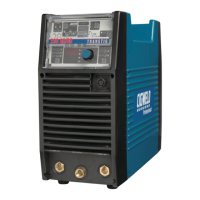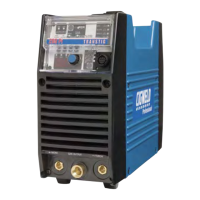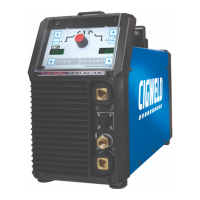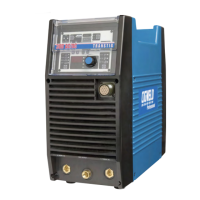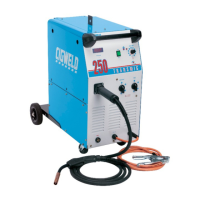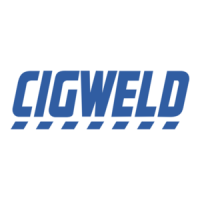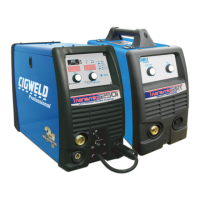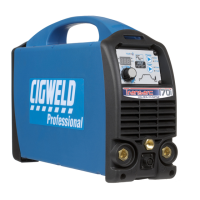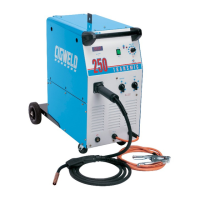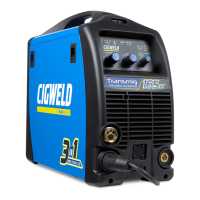Why does the electrode melt or oxidize when an arc is struck in my CIGWELD TRANSTIG 200?
- KKevin LeeAug 18, 2025
The electrode might melt or oxidize when an arc is struck due to several reasons: * There may be no gas flowing to the welding region. Check the gas lines for kinks or breaks and gas cylinder contents. * The torch might be clogged with dust. Clean the torch. * The gas hose may be cut. Replace the gas hose. * The gas passage may contain impurities. Disconnect the gas hose from the torch, then raise the gas pressure and blow out any impurities. * The gas regulator may be turned OFF. Turn it ON. * The torch valve may be turned OFF. Turn it ON. * The electrode may be too small for the welding current. Increase the electrode diameter or reduce the welding current. * WAVE BALANCE may be set above 50%. Reduce WAVE BALANCE to below 50% or increase the electrode size.
